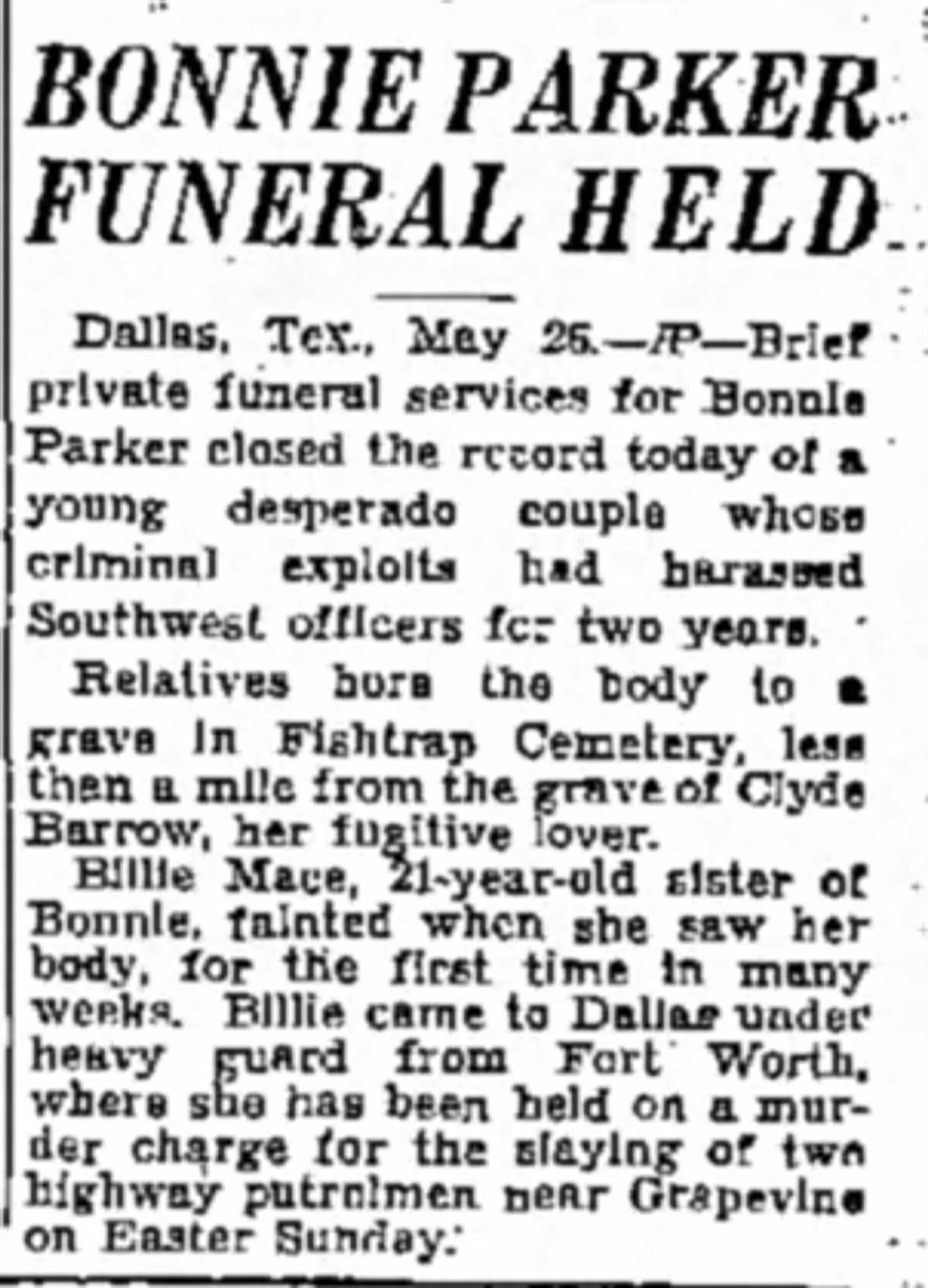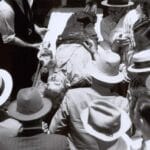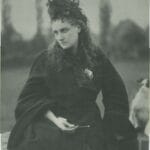Two Funerals, Two Legacies: Bonnie and Clyde’s Final Chapter
Bonnie and Clyde. Two names synonymous with a life of crime, a thrilling escape from the law, and a dramatic, violent end. Their story, etched in American folklore, continues to fascinate. But what happened after the dust settled from that fateful ambush in 1934? The funerals of Bonnie Parker and Clyde Barrow offer a glimpse into the complex public reaction to their demise—a stark contrast between public spectacle and private mourning.
A Sea of Faces: The Public Funeral of Clyde Barrow
Clyde Barrow’s funeral was a media circus. Thousands—estimates range from 20,000 to a staggering 40,000—descended upon the Sparkman-Holtz Brand Funeral Home in Dallas to catch a final, morbid glimpse of the notorious outlaw. His open casket, a stark reminder of the violence that marked his life and death, drew the curious, the morbidly fascinated, and those swept up in the frenzy. This public spectacle served as a testament to the strange celebrity that had grown around Barrow. His mother, Cumie Barrow, and brother, L.C. Barrow, were present at the service, navigating the throngs of onlookers while grieving their son and brother. Photos from the event capture the sea of faces, a visual representation of the public’s intense interest in the deceased outlaw.
A Quiet Farewell: The Private Funeral of Bonnie Parker
In stark contrast, Bonnie Parker’s funeral was a small, private affair held at a different funeral home in South Dallas. Approximately 300 mourners, comprised of close friends and family, gathered to grieve the young woman whose life, like Clyde’s, had taken such a dramatic, public turn. Among those present was one of Bonnie’s sisters, temporarily released from prison to attend the service. While Clyde’s open casket drew a massive crowd, Bonnie’s family shielded their grief from the public eye, opting for a quiet, respectful farewell.
Public Perception and Media Frenzy: Shaping the Narrative
This difference in attendance likely reflects the complex and often contradictory public perception of the duo, fueled by the media frenzy that surrounded their lives and deaths. Newspapers and newsreels, eager to capitalize on the sensational story, plastered Bonnie and Clyde’s faces across the country, sometimes portraying them as romantic rebels, other times as ruthless killers. Clyde, often portrayed as the hardened criminal and the leader, drew a morbid curiosity. This perception likely fueled the massive turnout at his funeral.
Bonnie, however, was often viewed through a more ambivalent lens. While some condemned her as an accomplice, others saw her as a victim caught in Clyde’s dangerous game. This may explain the smaller, more intimate nature of her funeral, suggesting a degree of sympathy and understanding for her plight. The Countess of Castiglione, another figure who captivated the public eye, experienced a similar dynamic of public fascination and private struggles, highlighting the complex relationship between public image and personal life.
A Life Cut Short: Age and Legacy
Bonnie Parker was just 23 years old, and Clyde Barrow only 25, when they were killed in a hail of bullets on May 23, 1934, in Gibsland, Louisiana. Their notorious crime spree, spanning a mere 21 months, took them across the Central United States, leaving a trail of robbed banks, plundered stores, and tragically, multiple murders. Their bodies were taken to Conger Furniture Store and Funeral Parlor in Arcadia, Louisiana, for embalming and the Bonnie Parker autopsy before being transported to Dallas for their respective funerals. Their youth and the dramatic circumstances of their deaths undoubtedly contributed to the public fascination surrounding them.
Lingering Questions: Blood in the Death Car?
The Ford V8 in which Bonnie and Clyde met their end was riddled with bullets, a gruesome scene described by witnesses as awash in blood and tissue. Decades later, the question remains: does the death car still bear traces of that violent day? The car has undergone extensive restoration, making the presence of visible bloodstains unlikely. However, the possibility remains that hidden or microscopic traces persist, protected within the upholstery or crevices of the car’s frame. The lack of detailed forensic analysis from the 1930s further complicates the matter. Ongoing research and advances in forensic science might eventually provide more definitive answers.
An Unsolved Mystery: Was Bonnie Parker Pregnant?
The rumor of Bonnie Parker’s pregnancy at the time of her death has persisted for decades, adding another layer of tragedy to the story. Despite numerous stories and speculation, there is no conclusive evidence to confirm or deny it. The lack of official documentation, such as medical records or a definitive autopsy report mentioning a pregnancy, contributes to the uncertainty. Eyewitness accounts offer conflicting information, with some claiming reporters examined Bonnie’s body while others deny it. The chaos surrounding the ambush further complicates the matter. While the question remains a captivating piece of the Bonnie and Clyde puzzle, it also highlights the importance of focusing on the verifiable historical context and the complexities of their lives beyond the sensationalism.















